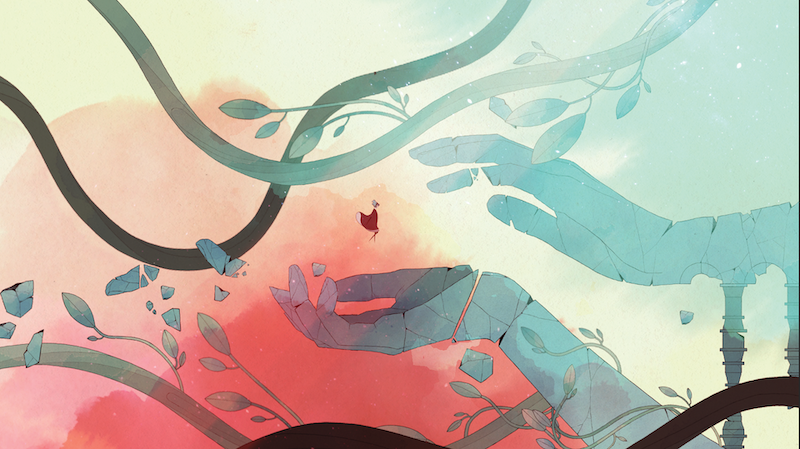As a mélange of art, video games reach down into the deepest part of ourselves, and seek to touch it. They, in one way or another, strive to evoke emotion by taking our minds in both their hands and coaxing us to take a longer look. For the better part of three decades I have indulged in a great many video games, and seen my experience — and those of all the people I have encountered through them — settle into the grey area between fiction and reality. We speak as though all the things we did, saw, and felt had indeed happened. We go back and revisit a game repeatedly, waiting eagerly for the next one in the series in ways not unlike how one might, with great excitement, visit a gallery, or await a new series of work by their favourite artist. I have certainly done this latter part too.
There is so much that goes into the creation of these artistic projects. On a grand collaborative scale, 2D concept artists, 3D modellers and animators, work as part of a team of designers, programmers, writers, audio specialists, actors, and so on, to create spaces for their audience — players — to experience a world on their own terms. They create one of the highest forms of interactivity, where players can go in and change the world around them.
In 2018, Nomada Studio, a game developer based in Spain, released a game titled Gris. The journey begins with song, pouring from the uncertain throat of a watercolour girl who plummets from the hands of her mother down into a cold, greyscale world. As the game progresses so too does the girl’s story, whose tale of overcoming grief is told through shifting colours as they return one by one to her world.
Ten years prior, Ubisoft released the final installation of its Prince of Persia franchise. Similar to Gris, the world was largely devoid of colour, little more than grey sand and black lined edges the player filled with colour and foliage as the story progressed, and one which returned to despaired, greyscale futility once one of the main characters die.
In recent years, titles such as Guerrilla Games’ Horizon: Zero Dawn and Horizon: Forbidden West, CD Projekt Red’s Cyberpunk 2077, and Naughty Dog’s The Last of Us II have introduced photo mode into their games, enticing players to play artist and take advantage of beautiful graphics, giving them control of visuals, character poses, and effects, and encouraging them then to share these photos or screenshots with others, or even add them to the array of images already being used as real-world prints.
Art institutions have begun to take notice of this too. Seb Chan, CEO of ACMI, Melbourne as quoted in a recent article published in Art Collector, noted that, “For young people video games are often the first experience of interactive art.”
In June 2022 ACMI, the National Film and Sound Archive and the Powerhouse Museum, both in Sydney, jointly announced the acquisition of Australian viral 2019 game Untitled Goose Game. On an institutional scale, they did what players have been doing since games were first released: they collected it for the sake of, as Chan says, “preserving, playing, researching and understanding” the game. 3D character sculptures, posters, prints, medallions, and games themselves — be they old game cartridges, CDs, or even the machines on which they were played – are all collected and preserved for the memories they house within their artform.
Perhaps therein lies the greatest intersection between gaming and art for those who do not yet see it fully as an artistic form: that, for many, it is a gateway, the love of one medium leading to another.
Featured image: An in-game cut-scene from Gris. Courtesy: Nomada

